Home>Garden Essentials>How To Get Mushroom Seeds
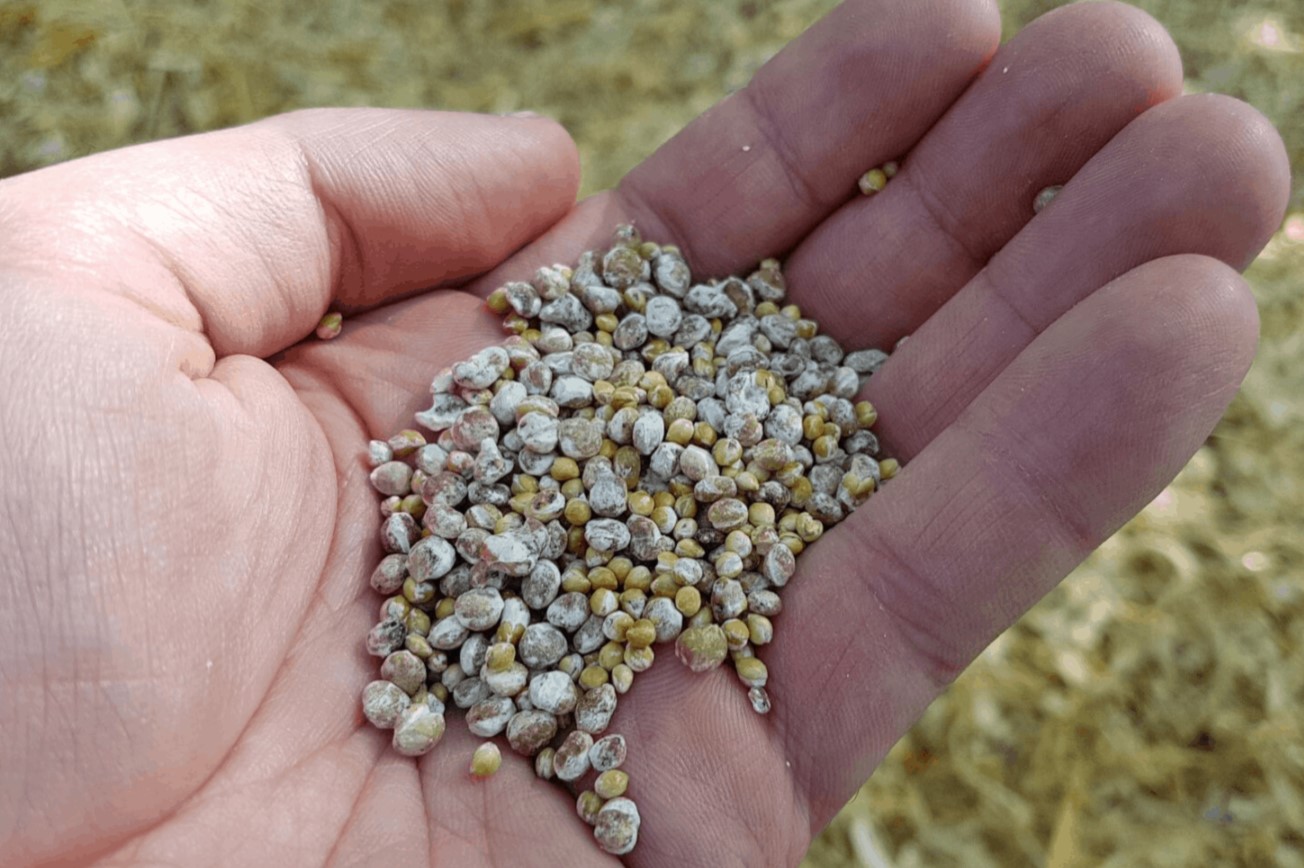

Garden Essentials
How To Get Mushroom Seeds
Modified: March 16, 2024
Discover the secrets to obtaining mushroom seeds for your garden with our comprehensive guide. Learn how to grow and cultivate delicious mushrooms at home.
(Many of the links in this article redirect to a specific reviewed product. Your purchase of these products through affiliate links helps to generate commission for Storables.com, at no extra cost. Learn more)
Introduction
Welcome to the wonderful world of gardening! There’s nothing quite as satisfying as growing your own plants and watching them thrive. If you’re a mushroom enthusiast or a beginner looking to explore a new gardening adventure, then you’ve come to the right place. In this article, we’ll be delving into the fascinating topic of mushroom seeds.
Now you might be wondering, do mushrooms actually have seeds? Well, the answer is a bit more complex. Unlike traditional garden plants, mushrooms don’t produce seeds that can be easily bought or collected. Instead, mushrooms reproduce through the use of spores. These spores act as the equivalent of seeds in the mushroom world.
So, how do you get your hands on mushroom spores and start growing your own mushrooms? Don’t worry, we’ve got you covered! In the following sections, we’ll guide you through various methods of obtaining mushroom seeds, including buying them and collecting spores from mature mushrooms.
Whether you’re interested in cultivating edible mushrooms to enhance your culinary adventures or growing decorative mushrooms for their unique beauty, understanding the process of obtaining mushroom seeds is the first step towards success. So, let’s dive in and explore the fascinating world of mushroom seeds together!
Key Takeaways:
- Mushroom seeds are actually spores, not traditional seeds. You can buy them online or collect them from mature mushrooms to start your own mushroom-growing adventure.
- To grow mushrooms, prepare the right substrate, plant the spores, and provide proper care. Harvest mature mushrooms to collect spores for future cultivation, and store them in a cool, dark place for viability.
Read more: How To Get Rid Of Mushrooms In The Garden
Understanding Mushroom Seeds
Mushroom seeds, or spores, are the reproductive structures of mushrooms. Unlike traditional plant seeds, they are microscopic in size and cannot be seen with the naked eye. These spores are released by mature mushrooms and are responsible for starting new mushroom colonies.
Each mushroom spore contains the genetic material necessary for growth and development. When conditions are ideal, such as in the presence of moisture and organic matter, the spores germinate and begin to form mycelium. Mycelium is a network of thread-like structures that serves as the foundation for mushroom growth.
It’s important to note that unlike plant seeds, mushroom spores do not produce an exact replica of the parent mushroom. Instead, they give rise to unique variations and traits. This is due to the genetic diversity found within spores and allows for the evolution and adaptation of mushroom species.
While mushroom spores cannot be purchased in the same way as traditional seeds, there are several methods available for obtaining them. One common method is to purchase mushroom spore prints or spore syringes from specialized retailers. These spore prints or syringes contain a collection of spores from specific mushroom varieties.
Another method of acquiring mushroom spores is by collecting them from mature mushrooms. This process involves carefully removing the cap of a mature mushroom and placing it over a piece of sterile paper or glass. As the cap dries, it releases spores onto the surface, which can then be collected and stored for future use.
By understanding the unique nature of mushroom spores and their role in mushroom reproduction, you’ll be better equipped to embark on your journey of growing mushrooms from seeds. So, let’s explore the different methods of obtaining mushroom seeds in the next section.
Buying Mushroom Seeds
If you’re looking for a convenient and reliable way to start your mushroom-growing journey, purchasing mushroom seeds is a great option. While they may not be actual seeds in the traditional sense, mushroom spore prints and spore syringes are commonly referred to as mushroom seeds in the gardening community.
Before you begin searching for mushroom seeds to buy, it’s important to decide on the specific mushroom variety you want to grow. Different mushroom species have unique growing requirements and culinary uses, so choose one that aligns with your preferences and gardening capabilities.
Once you’ve chosen the mushroom variety, there are several reputable online retailers that offer a wide selection of mushroom spore prints and spore syringes. These retailers specialize in providing high-quality, sterile mushroom seeds that are ready to be used in the cultivation process.
When purchasing mushroom seeds, it’s crucial to ensure that you’re buying from a trusted source. Look for retailers with positive reviews, a reliable reputation, and a guarantee of product quality. This will help ensure that you receive viable spores that have a higher chance of successful germination and mushroom growth.
When shopping for mushroom seeds, you’ll come across two common options: spore prints and spore syringes. Spore prints are made by placing the cap of a mature mushroom onto a piece of paper or glass, allowing the spores to fall onto the surface. These prints can be stored and used for future cultivation.
Spore syringes, on the other hand, contain a suspension of mushroom spores in a sterile liquid solution. These syringes provide a convenient and efficient way to introduce mushroom spores into your growing medium. They are especially useful for inoculating substrates like sterilized grain or sawdust.
When using mushroom seeds, whether in the form of spore prints or spore syringes, it’s important to follow the instructions provided by the retailer or consult reliable cultivation guides. This will help ensure proper handling and maximize the chances of successful mushroom growth.
So, if you’re looking for a hassle-free way to start your mushroom-growing journey, consider buying mushroom seeds online. With a wide variety of options and the convenience of home delivery, purchasing mushroom seeds is a great way to kickstart your mushroom cultivation adventure.
Collecting Mushroom Spores
If you’re interested in a more hands-on approach to obtaining mushroom seeds, collecting spores from mature mushrooms is another viable option. This method allows you to directly interact with the mushrooms and experience the fascinating process of spore collection.
Before you begin collecting spores, it’s crucial to have a basic understanding of mushroom maturity. Spores are typically released from mushrooms when they reach maturity and the cap opens up, exposing the gills or pores underneath. This is the ideal time to collect spores for cultivation.
To collect mushroom spores, you’ll need a mature mushroom cap, a piece of sterile paper or glass, and a clean environment. It’s important to ensure proper hygiene during the spore collection process to minimize the risk of contamination.
Start by carefully removing the mature mushroom cap from the stem. Place the cap, gill-side down, onto the sterile paper or glass surface. Cover the cap with a jar or glass container to create a humid environment, which helps facilitate spore release.
Leave the mushroom cap undisturbed for several hours or overnight to allow sufficient time for spore release. As the cap dries, the spores will drop onto the surface, forming a pattern unique to the mushroom species. This pattern is known as a spore print.
Once you’ve collected a sufficient number of spores, carefully lift the mushroom cap, taking care not to disrupt the spore print. Gently tap the paper or glass to dislodge any loose spores and ensure they are evenly distributed over the surface.
To store the spores for future use, carefully fold the sterile paper or transfer the spores into a clean container, ensuring that no moisture or contaminants come into contact with them. Spores can be stored in a cool, dry place, or refrigerated to prolong their viability.
It’s important to note that collecting spores from wild mushrooms carries certain risks. Some mushrooms can be toxic or contain harmful spores, which may pose health hazards if mishandled. Therefore, it is recommended to collect spores from known edible mushroom varieties or consult with an experienced mycologist.
By collecting mushroom spores, you not only gain a deeper understanding of the mushroom life cycle but also have the opportunity to explore unique variations and traits within the spores you collect. So, put on your gloves and get ready to embark on a spore collection adventure!
Preparing Mushroom Bed
Now that you’ve obtained your mushroom seeds, whether through purchasing spores or collecting spores from mature mushrooms, it’s time to prepare the mushroom bed. The mushroom bed, also known as the substrate, provides the necessary nutrients and environment for the spores to develop into mycelium and eventually produce mushrooms.
The choice of substrate depends on the specific mushroom variety you’re growing. Different mushrooms have different substrate preferences, such as wood chips, straw, compost, or sawdust. Research the ideal substrate for your chosen mushroom variety to ensure optimal growth and yield.
The first step in preparing the mushroom bed is to pasteurize the substrate. Pasteurization is the process of heating the substrate to eliminate any competing organisms or pathogens while still retaining beneficial microorganisms that aid in mushroom growth.
To pasteurize the substrate, you can use several methods, such as boiling, steam sterilization, or chemical treatment. Each method has its benefits and drawbacks, so choose the one that suits your circumstances and resources.
Once the substrate is pasteurized, it’s time to introduce the mushroom seeds. If you’re using spore prints, sprinkle them evenly over the substrate surface. If you’re using spore syringes, inject the spore solution into the substrate, distributing it evenly.
After introducing the spores, it’s important to thoroughly mix and evenly distribute them throughout the substrate. This ensures that the spores come into contact with the nutrient-rich substrate, giving them the best chance of germination and mycelium formation.
Once the substrate is mixed with the spores, it’s time to create favorable conditions for mycelium growth. Mushrooms thrive in a dark and humid environment, so cover the mushroom bed with a layer of plastic or place it in a clean, enclosed space to maintain high humidity levels.
During the colonization phase, which can take several weeks, it’s important to monitor the moisture levels of the mushroom bed. It should be kept consistently moist, but not saturated, to prevent drying out or excessive moisture that may lead to contamination.
Depending on the mushroom variety, the mycelium will start to colonize the substrate and form a white, web-like network. This indicates that the spores have germinated and are actively growing. Once the substrate is fully colonized, it’s time to initiate the fruiting stage, where mushrooms begin to form.
Preparing the mushroom bed is an essential step in the cultivation process, as it sets the foundation for successful mushroom growth. By selecting the appropriate substrate, pasteurizing it properly, and providing optimal conditions for mycelium growth, you’ll be on your way to harvesting a bountiful crop of mushrooms.
Mushroom spores can be collected from mature mushrooms by gently tapping the cap over a piece of paper. The spores can then be used to grow new mushrooms.
Planting Mushroom Seeds
Planting mushroom seeds, or spores, is an exciting step in the mushroom cultivation process. After preparing the mushroom bed and ensuring favorable conditions for mycelium growth, it’s time to introduce the spores into the substrate and initiate the fruiting stage.
Before planting the mushroom seeds, it’s important to maintain a clean and sterile environment to prevent contamination. Thoroughly wash your hands and use sterilized tools and equipment to handle the spores and mushroom bed.
If you’re using spore prints, sprinkle the spores evenly over the surface of the substrate. Aim for a uniform distribution to ensure that the spores have ample opportunity to germinate and colonize the substrate.
If you’re using spore syringes, inject the spore solution into the substrate at regular intervals. This helps ensure that the spores are evenly dispersed throughout the substrate, increasing the chances of successful colonization.
Once the spores are introduced, gently mix the substrate to distribute the spores evenly. This step allows the spores to come into contact with the nutrient-rich substrate and encourages the growth of mycelium.
After planting the mushroom seeds, it’s crucial to provide the ideal environmental conditions for the fruiting stage. Mushrooms thrive in areas with high humidity and relatively low light levels, so consider using a humidity tent or misting the mushroom bed regularly to maintain the required moisture levels.
Depending on the mushroom variety, you may also need to control the temperature and provide proper air circulation. Research the specific requirements of your chosen mushroom variety to ensure optimal fruiting conditions.
As the mycelium colonizes the substrate, you’ll start to notice the formation of tiny pinheads. These pinheads will gradually grow into fully developed mushrooms over time. It’s important to be patient and allow the mushrooms to mature, as premature harvesting can negatively impact the overall crop yield.
Mushrooms have different harvesting techniques depending on the variety. Some mushrooms can be gently twisted or cut at the base, while others require careful harvesting with a knife. Research the proper harvesting method for your chosen mushroom variety to ensure you gather the fruits of your labor correctly.
After harvesting the mushrooms, make sure to remove any remaining mushroom debris from the bed to prevent contamination and allow for future flushes. Maintain the proper environmental conditions for additional fruiting cycles, as some mushroom varieties can produce multiple harvests.
Planting mushroom seeds is a rewarding experience that requires patience and attention to detail. By following proper planting techniques, maintaining suitable environmental conditions, and providing adequate care throughout the fruiting stage, you’ll be able to enjoy a plentiful harvest of delicious and nutritious mushrooms.
Caring for Mushroom Seeds
Caring for mushroom seeds, or spores, is essential to ensure their successful germination, colonization, and fruiting. By providing the proper care and attention, you can maximize the chances of a bountiful mushroom harvest. Here are some important aspects to consider when caring for mushroom seeds:
Moisture: Mushrooms thrive in a humid environment, so it’s crucial to maintain proper moisture levels. Monitor the moisture content of the mushroom bed and adjust as necessary. Avoid overwatering, as excessive moisture can lead to contamination and hinder the growth of the desired mycelium.
Humidity: High humidity levels are important during the colonization and fruiting stages of mushroom growth. Use a humidity tent, misting system, or regular misting to create and maintain the right humidity levels. This helps promote the growth of mycelium and encourages the formation of healthy and robust mushrooms.
Temperature: Different mushroom varieties have specific temperature requirements. Research the optimal temperature range for your chosen mushroom species and maintain temperatures accordingly. Most mushrooms prefer a cool to moderate temperature range, typically between 60 to 75 degrees Fahrenheit (15 to 24 degrees Celsius).
Light: While mushrooms don’t require direct sunlight for growth, they do need some light exposure. Indirect light or minimal ambient light is sufficient for most mushroom varieties. However, intense or prolonged exposure to direct sunlight can be detrimental to mushroom growth. Maintain a balanced lighting environment to ensure healthy development.
Air Circulation: Proper air circulation is important to prevent the buildup of stagnant air and discourage the growth of unwanted contaminants. Ensure that there is a gentle flow of fresh air in the growing area. However, be cautious of excessive drafts, which can dry out the mushroom bed or disturb the growth process.
Hygiene: Good hygiene practices are crucial when caring for mushroom seeds. Wash your hands thoroughly before handling the spores or working with the mushroom bed. Use sterilized tools and equipment to minimize the risk of contamination. Keep the growing area clean and free from debris or potential sources of contamination.
Observation: Regular monitoring and observation are important in the care of mushroom seeds. Keep an eye out for any signs of contamination, such as mold or bacterial growth. Check the moisture levels, temperature, and general condition of the mushroom bed to ensure optimal growing conditions. Promptly address any issues that may arise to prevent further complications.
Patience: Mushroom cultivation requires patience. It takes time for the spores to germinate, mycelium to colonize the substrate, and mushrooms to develop. Avoid rushing the process and allow nature to take its course. Be patient and maintain consistent care throughout the growth stages.
By caring for mushroom seeds with attention to these factors, you’ll create an environment that supports healthy growth and development. Remember, each mushroom variety may have specific care requirements, so research and understand the needs of your chosen species to optimize success.
Harvesting Mushroom Seeds
Harvesting mushroom seeds is an exciting moment in the mushroom cultivation journey. It’s the time when you reap the fruits of your labor and gather the mature mushrooms that contain the precious spores for future propagation. Here are some key steps to consider when harvesting mushroom seeds:
Timing: Timing is crucial when it comes to harvesting mushroom seeds. Each mushroom variety has its own growth and maturity timeline. It’s important to wait until the mushrooms have fully matured to ensure that the spores are fully developed and ready for harvest. Premature harvesting can result in underdeveloped spores and reduced seed viability.
Observation: Regularly observe the mushroom caps to identify signs of maturity. Mature mushrooms typically exhibit fully opened caps, distinct gill patterns, and rich spore coloration. The cap edges may start to curl upwards or flatten out, indicating readiness for harvest. Avoid delays in harvesting, as overly mature mushrooms may release their spores in the growing area, affecting future batches or causing contamination.
Harvesting Technique: Harvesting techniques may vary depending on the mushroom variety. Some mushrooms can be gently twisted or cut at the base, while others require careful cutting with a sharp, sterile knife. Take care not to disturb the surrounding substrate or introduce contaminants during the harvesting process. Handle the harvested mushrooms with clean hands or use sterilized gloves to minimize the risk of contamination.
Spore Collection: After harvesting the mature mushrooms, you can collect the spores from the cap to obtain mushroom seeds for future cultivation. Place the cap gill-side down on a sterile surface, such as a piece of paper or glass, and cover it with a clean container. Allow the cap to sit undisturbed for several hours or overnight, as this gives the spores time to drop and form a spore print. Carefully lift the cap, taking care not to disturb the spores, and collect the spore print for storage.
Spore Storage: Proper storage of mushroom seeds is vital to maintain their viability. Store the spore prints or collected spores in a clean, airtight container, such as a sterile glass vial or plastic bag. Keep them in a cool, dry place away from direct sunlight. Moisture, heat, and light can reduce the spore viability over time, so it’s essential to protect them from these elements.
Labeling: Ensure that you label each container or storage vessel with the mushroom variety, date of harvest, and any other relevant details. This helps in keeping track of the different spore collections and simplifies the identification process when you are ready to use the mushroom seeds for future cultivation.
Harvesting mushroom seeds allows you to propagate and continue your mushroom cultivation journey. By timing your harvest, using proper techniques, collecting spores, and storing them correctly, you can maintain a supply of viable mushroom seeds for future use. Each harvest provides an opportunity to learn and improve your cultivation skills, leading to more successful mushroom crops in the future.
Storing Mushroom Seeds
Properly storing mushroom seeds, or spores, is crucial to maintain their viability for future cultivation. By implementing appropriate storage techniques, you can preserve the quality and ensure the longevity of your mushroom seeds. Here are some important steps to consider when storing mushroom seeds:
Clean and Dry: Before storing, ensure that the mushroom spores are clean and free from any debris or contaminants. Remove any unwanted materials or excess moisture from the spores, as this can lead to spoilage or mold growth during storage.
Airtight Containers: Choose suitable airtight containers for storing mushroom seeds. Glass vials, zip-lock bags, or vacuum-sealed containers are ideal for preserving spore viability. The containers should be clean, dry, and capable of preventing moisture and air from entering, which can compromise the quality of the spores.
Cool and Dark Location: Find a cool and dark location to store your mushroom seeds. Exposure to heat, sunlight, or fluctuating temperatures can significantly reduce their viability. Ideally, the storage area should maintain a temperature around 40 to 50 degrees Fahrenheit (4 to 10 degrees Celsius).
Refrigeration: If possible, refrigerate your mushroom seeds to further extend their shelf life. Place the sealed containers in the refrigerator’s vegetable crisper or a dedicated storage compartment. The stable and colder environment helps slow down biological processes and maintains the spores’ viability for a longer period.
Avoid Freezing: While refrigeration is suitable for storing mushroom seeds, avoid freezing them. Freezing can damage the spores and diminish their viability. It’s best to maintain a consistent temperature above freezing point to ensure the continued vitality of the spores.
Labeling and Organization: Properly label each container with relevant information, such as the mushroom variety, date of collection, and any special instructions. Organize the containers in a systematic manner so that you can easily access the desired mushroom seeds when needed.
Regular Checking: Periodically check the stored mushroom seeds to assess their condition. Look for any signs of moisture or mold growth, and discard any contaminated or compromised containers. This helps ensure that you only retain high-quality spores for future cultivation.
Testing Viability: Over time, it is a good practice to periodically test the viability of your stored mushroom seeds. This can be done by conducting a small germination test or inoculating a small batch of substrate to observe the mycelium growth. This ensures that the stored spores are still capable of producing healthy and vigorous mushrooms.
By following these storage guidelines, you can protect the viability of your mushroom seeds and increase the chances of successful future cultivation. Properly stored mushroom seeds offer the opportunity to explore new varieties, experiment with different growing conditions, and continue enjoying the wonders of growing mushrooms at your convenience.
Read more: How To Get Rid Of Mushrooms In My Grass
Conclusion
Congratulations! You now have a comprehensive understanding of mushroom seeds and how to care for them. Whether you choose to purchase mushroom spores or collect them from mature mushrooms, you have embarked on a rewarding journey into the world of mushroom cultivation.
Mushroom seeds, in the form of spores, offer a unique and fascinating way to grow your own mushrooms. With proper care and attention, you can transform these tiny seeds into thriving mycelium and eventually harvest a bountiful crop of delicious and nutritious mushrooms.
From understanding the nature of mushroom spores to preparing the mushroom bed, planting the seeds, and caring for them throughout the growth stages, each step is essential for successful cultivation. Remember to maintain the ideal moisture and humidity levels, provide suitable environmental conditions, and practice good hygiene to minimize the risk of contamination.
Harvesting the mature mushrooms and collecting spores from their caps allows you to preserve the seeds for future cultivation. Proper storage in clean, airtight containers in a cool and dark location ensures the long-term viability of the spores. Regularly checking and testing the spore viability keeps you informed about the quality of your stored seeds.
As you continue your mushroom cultivation journey, remember to have patience and be open to learning. Each harvest and experiment offers valuable insights and opportunities for improvement. Whether you’re growing mushrooms for culinary purposes, decorative purposes, or simply for the joy of gardening, the process of nurturing mushroom seeds into thriving mushrooms is a rewarding and fulfilling experience.
So, get ready to explore the diverse world of mushrooms, from the delectable flavors of edible varieties to the mesmerizing shapes and colors of decorative ones. Cultivating mushroom seeds allows you to connect with nature, experiment with different mushroom species, and enjoy the fruits of your labor.
Now that you have the knowledge and techniques, it’s time to roll up your sleeves and start growing your own mushrooms from seeds. Embrace the wonder and adventure that mushroom cultivation brings and savor the satisfaction of bringing these unique and mysterious fungi to life.
Happy mushroom growing!
Frequently Asked Questions about How To Get Mushroom Seeds
Was this page helpful?
At Storables.com, we guarantee accurate and reliable information. Our content, validated by Expert Board Contributors, is crafted following stringent Editorial Policies. We're committed to providing you with well-researched, expert-backed insights for all your informational needs.
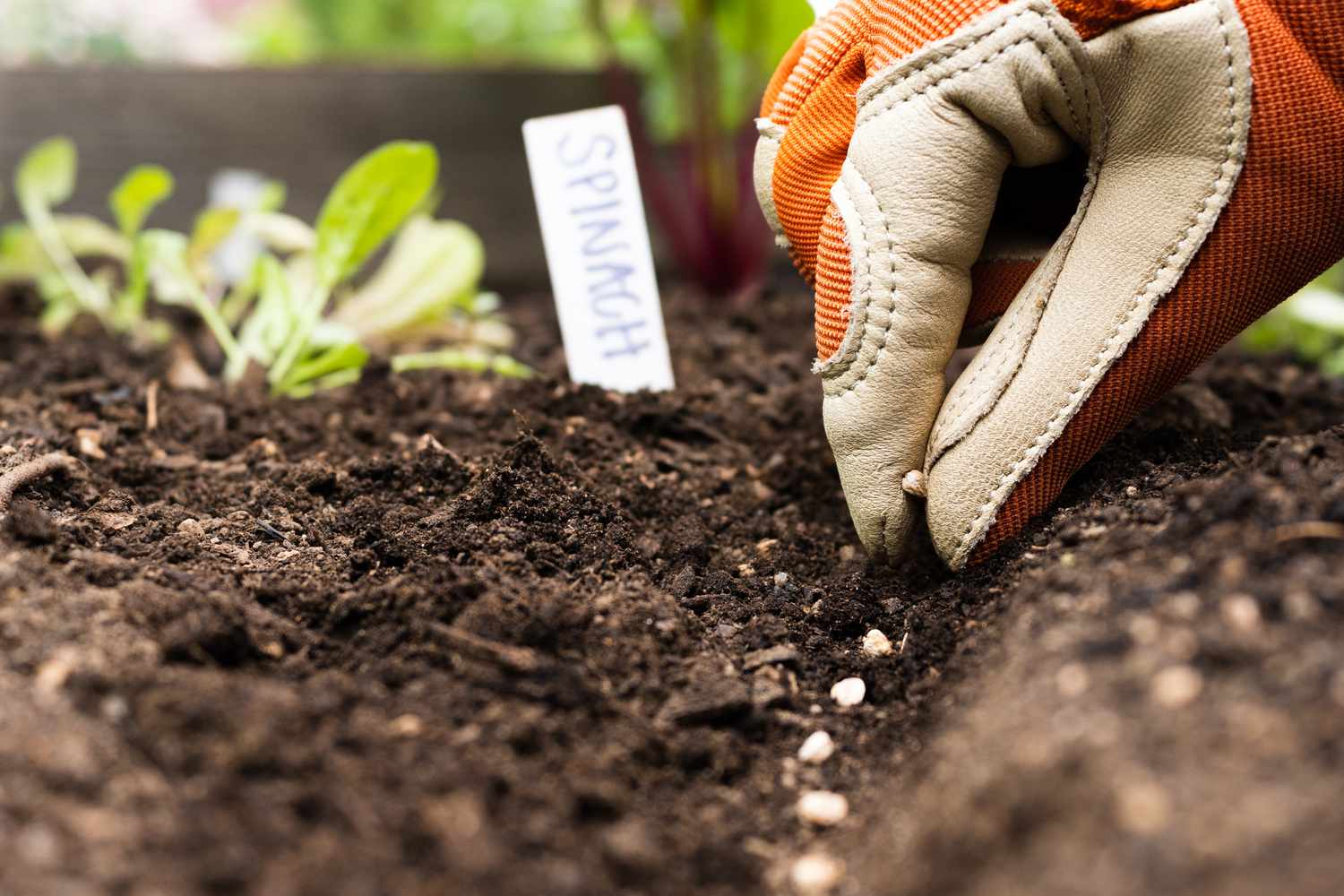
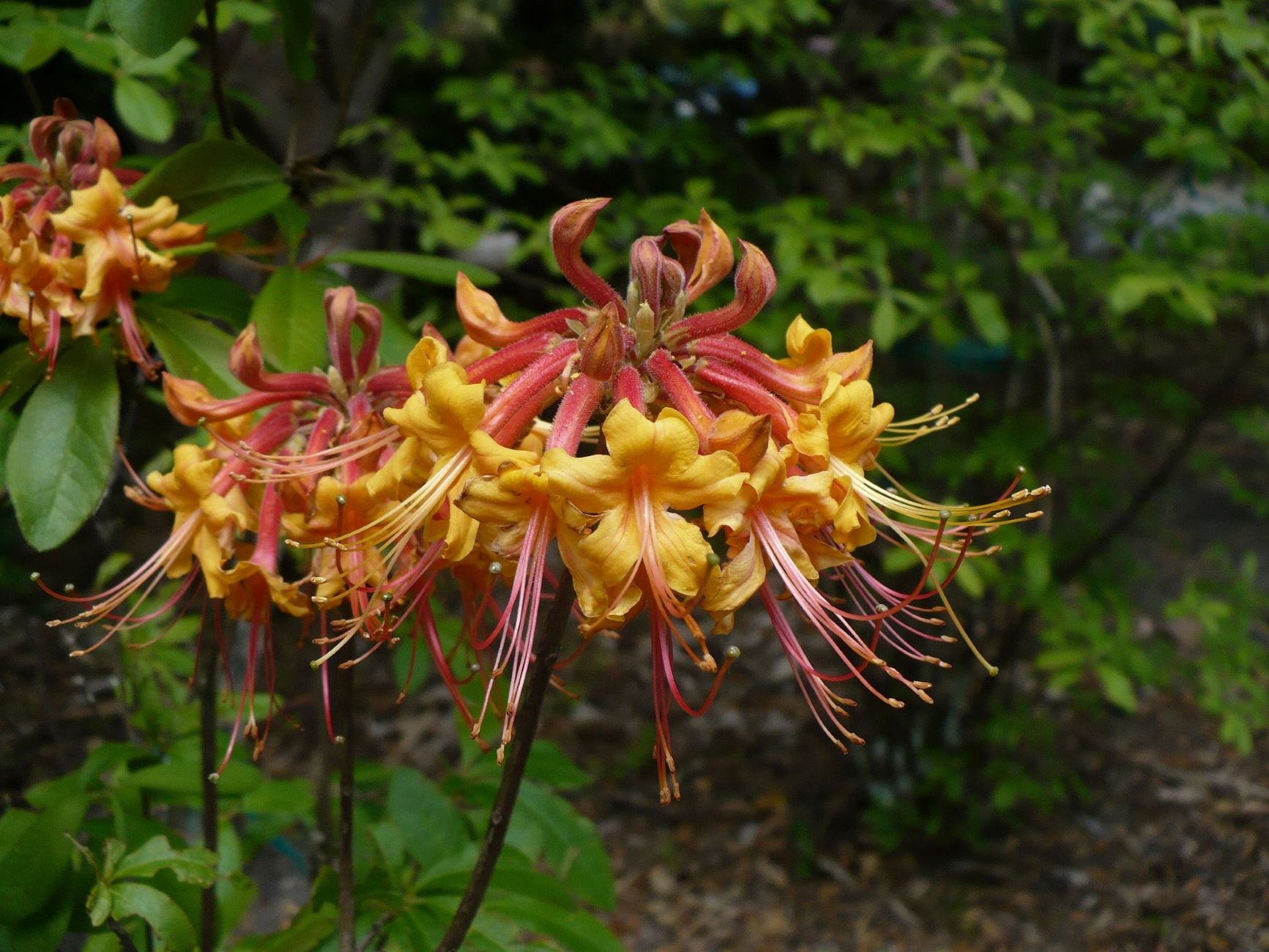
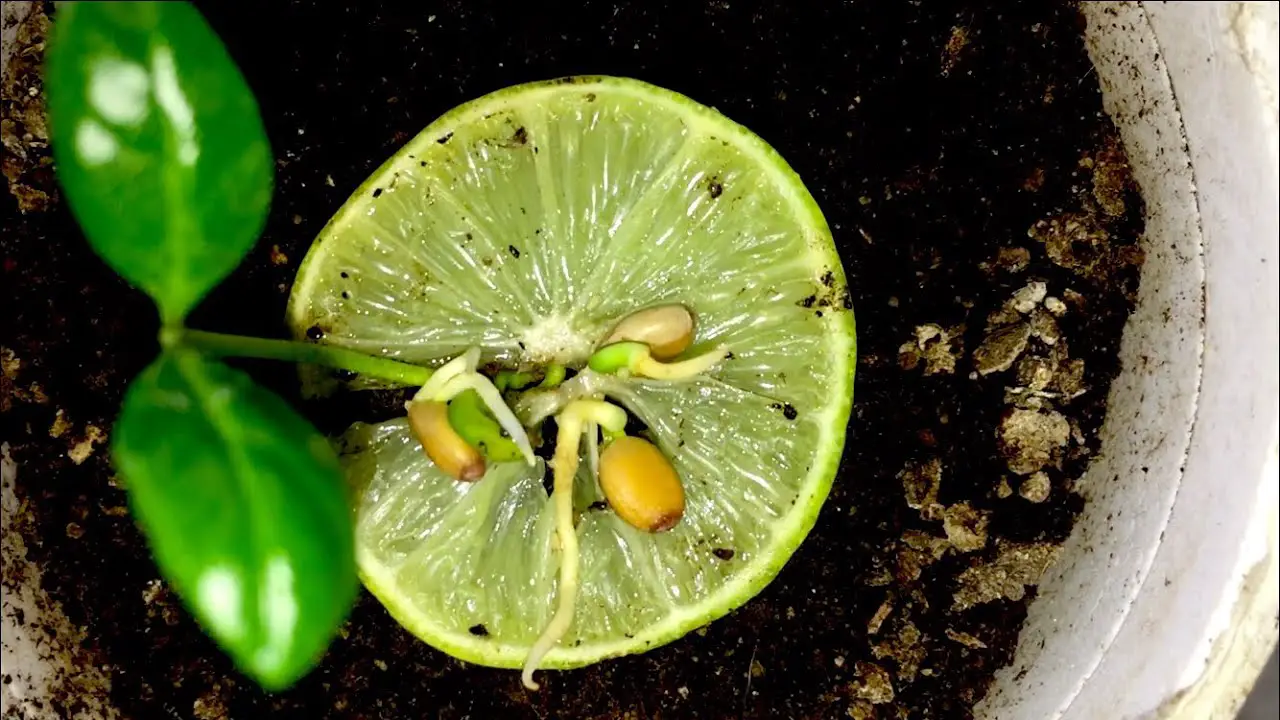
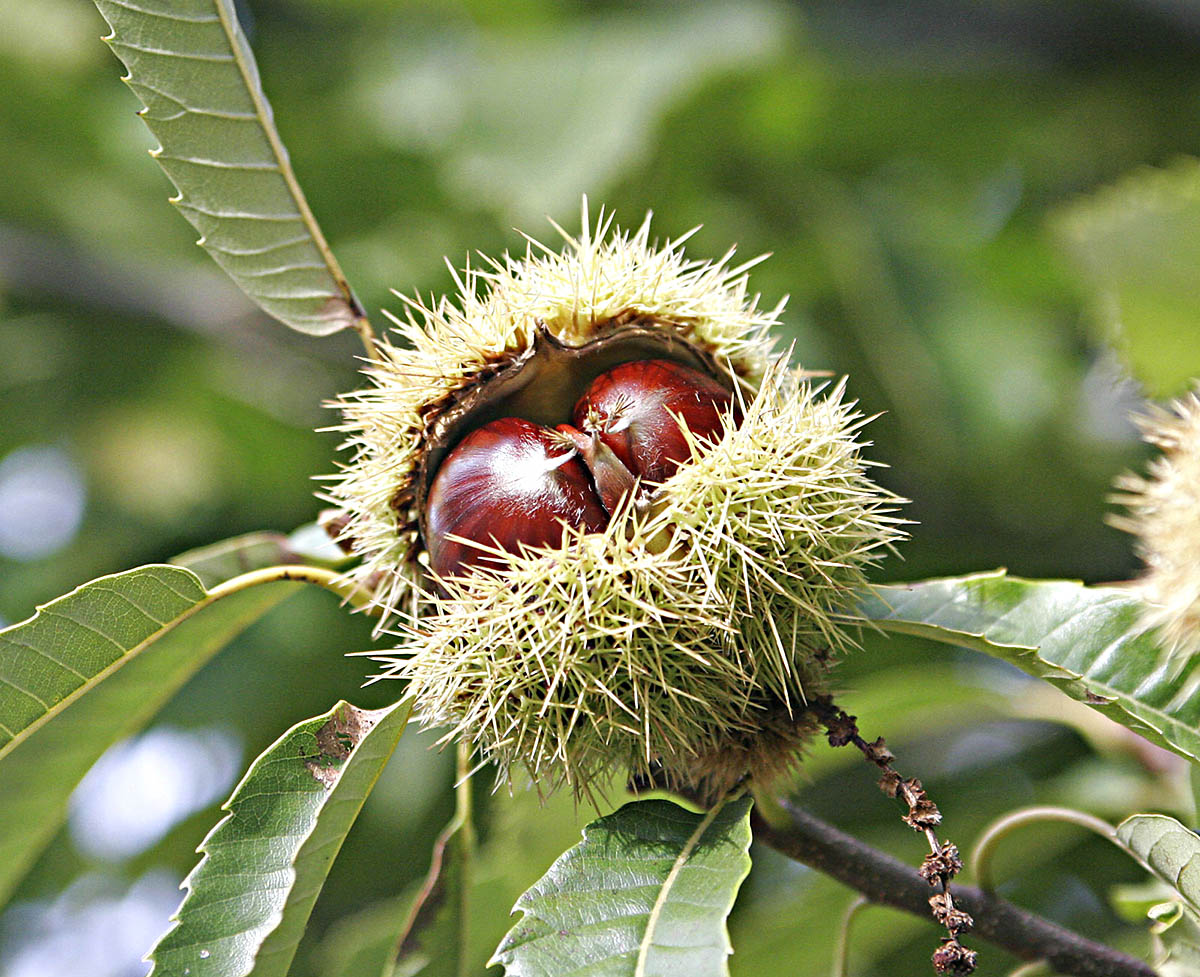
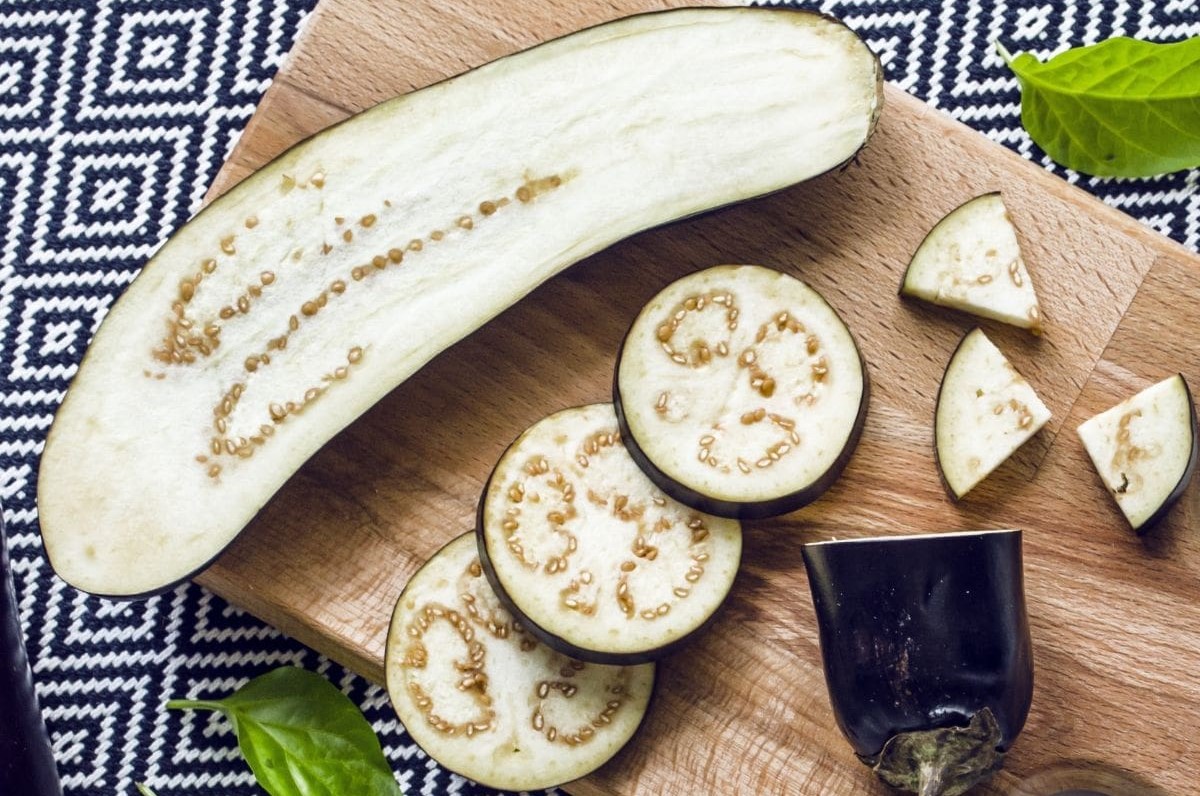
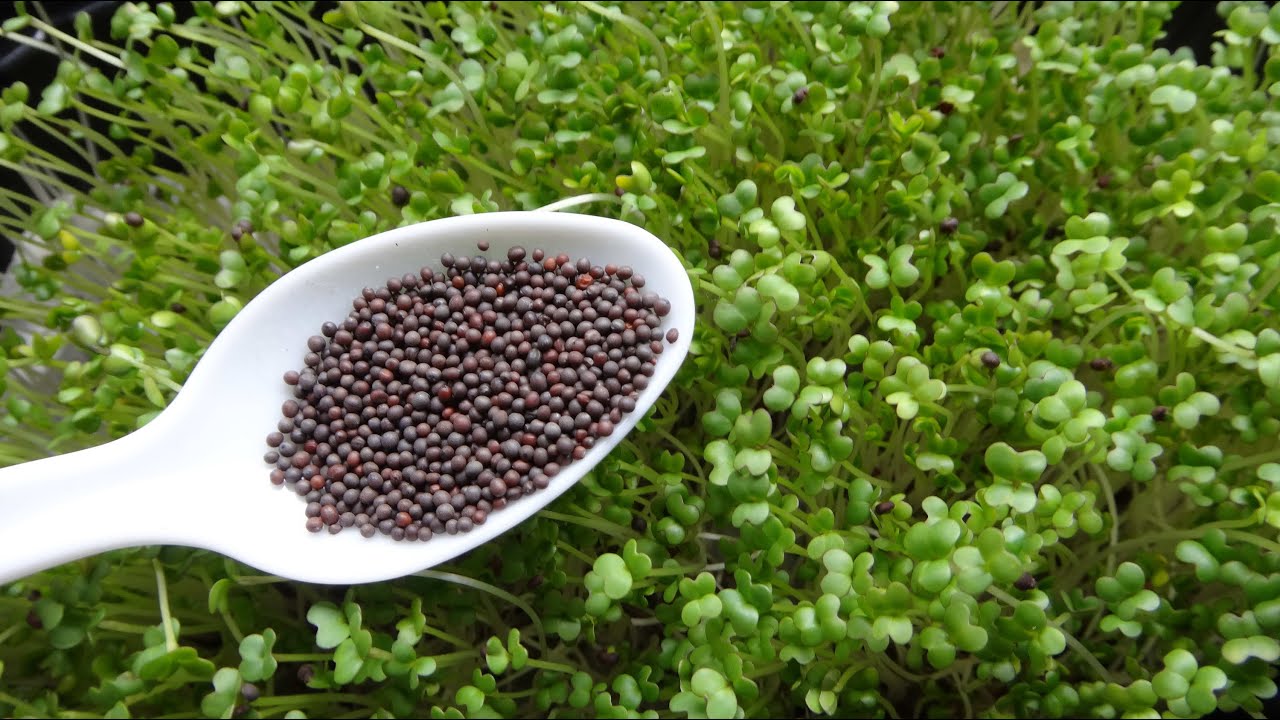
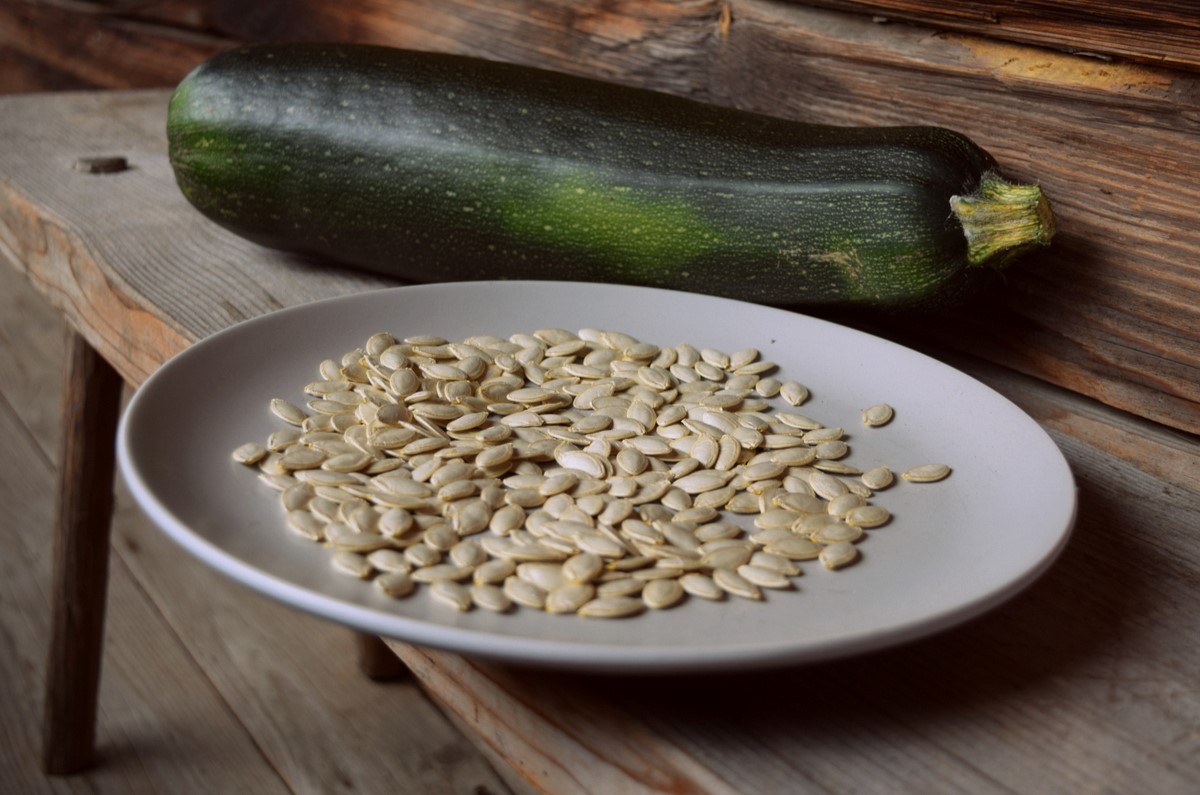
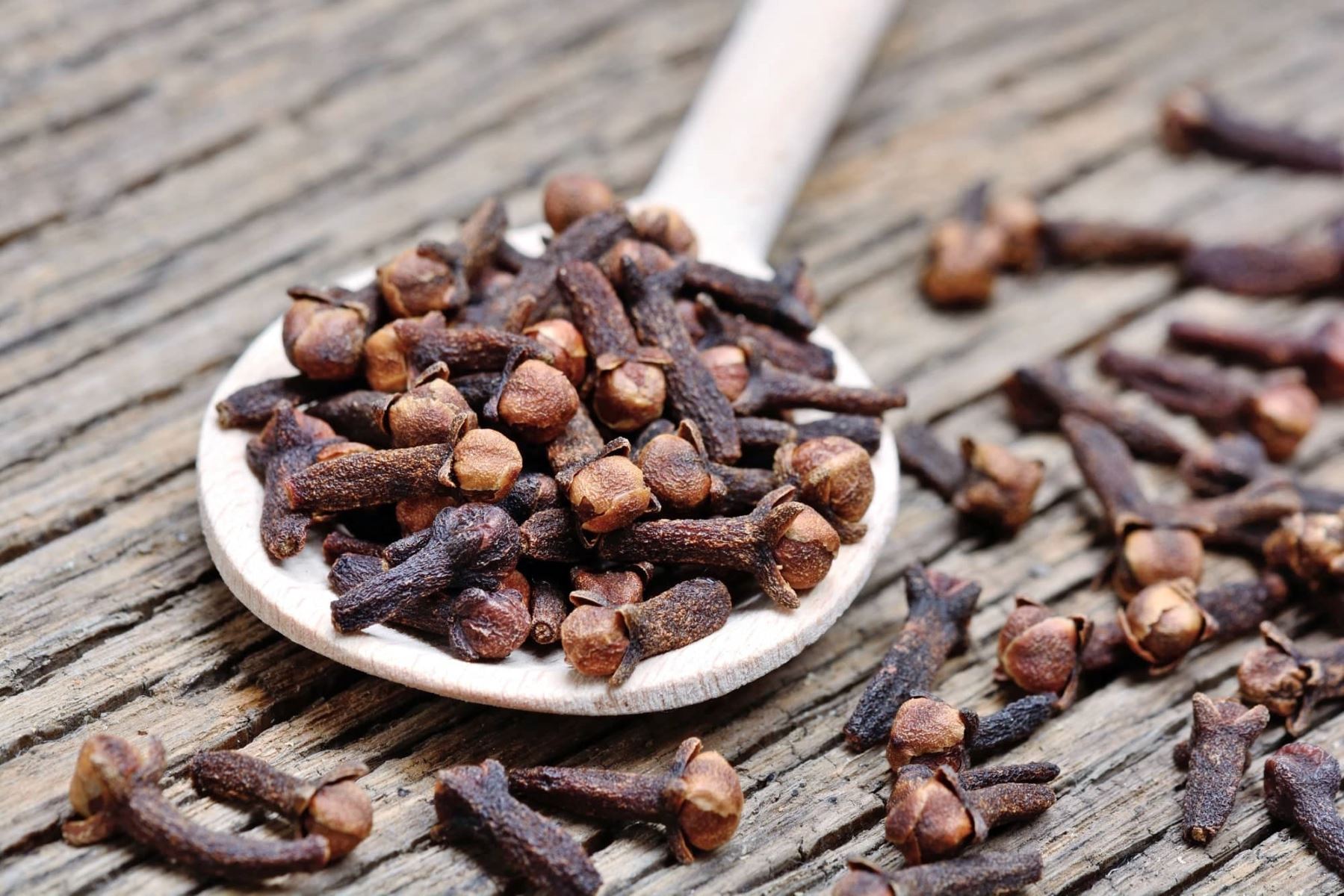
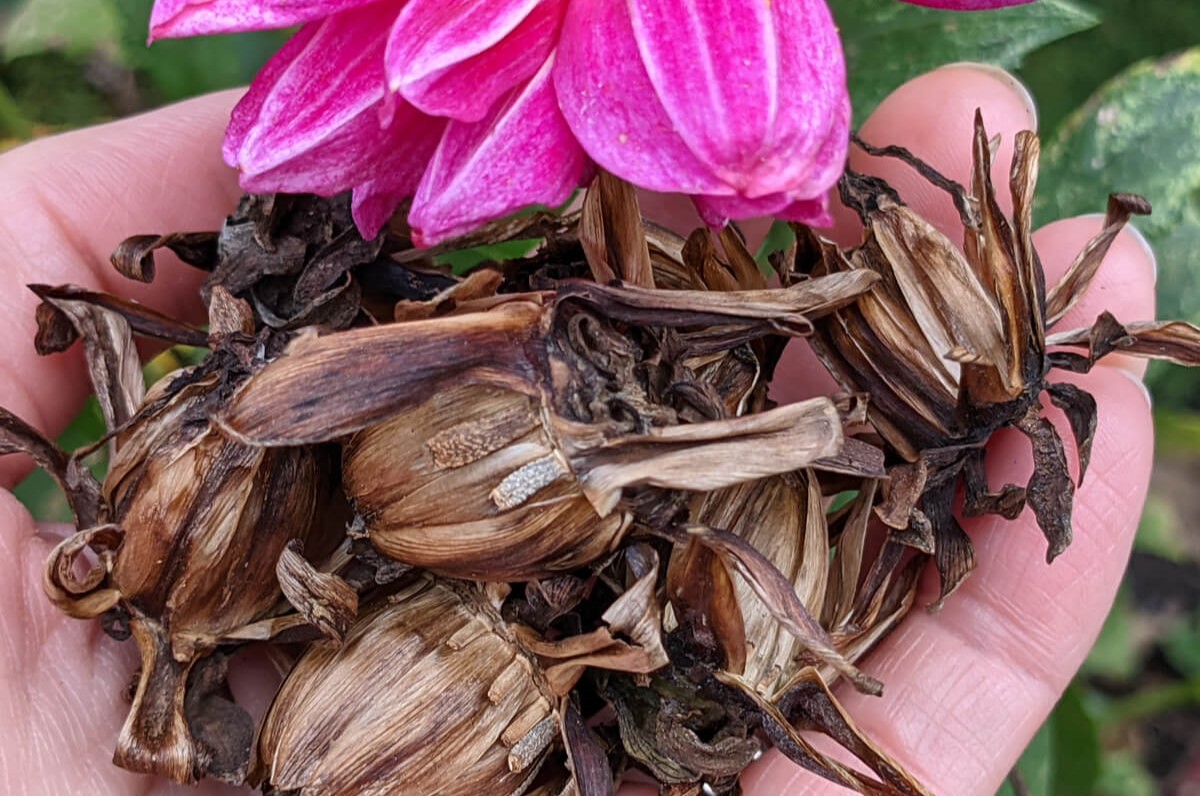
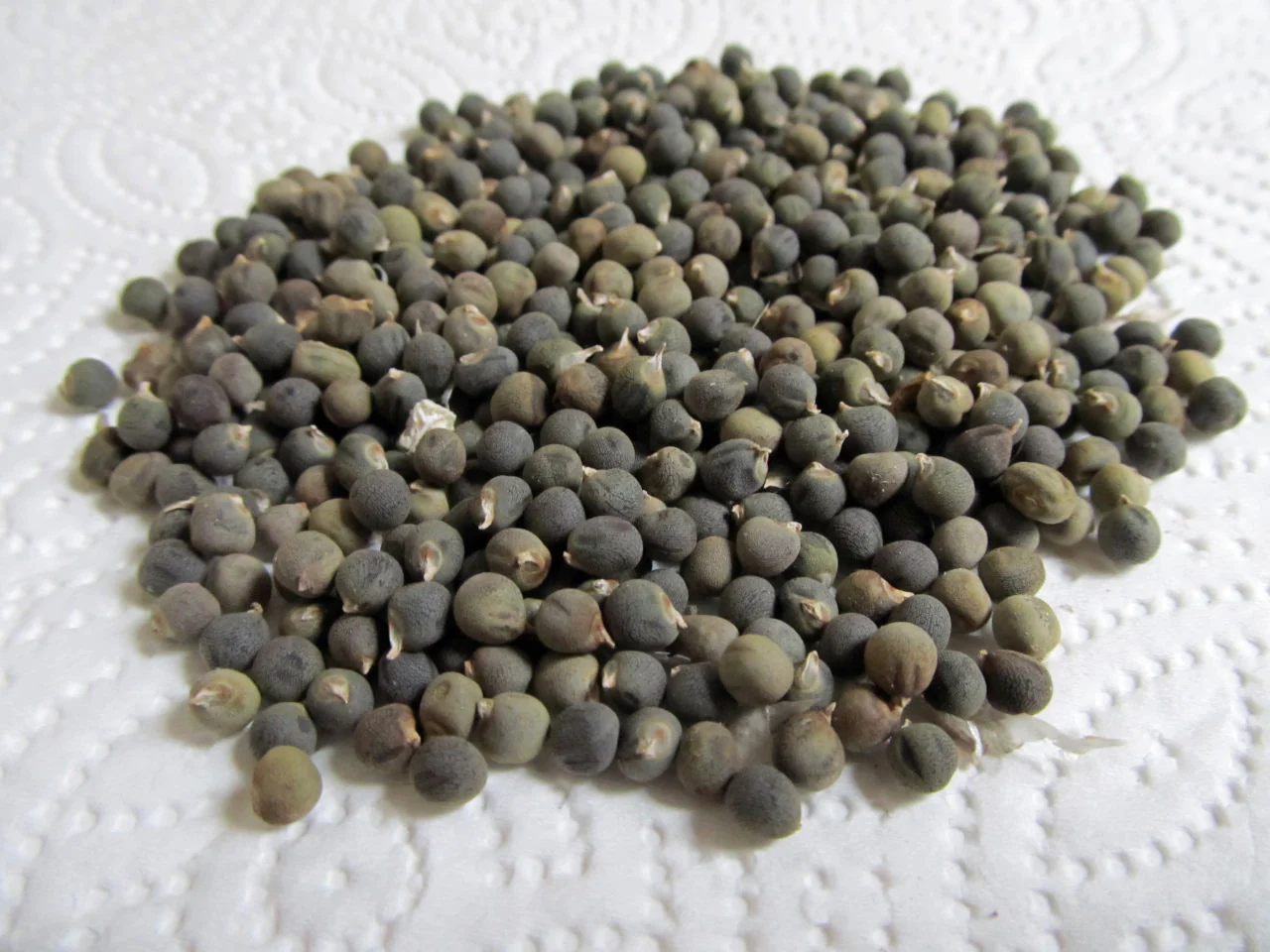
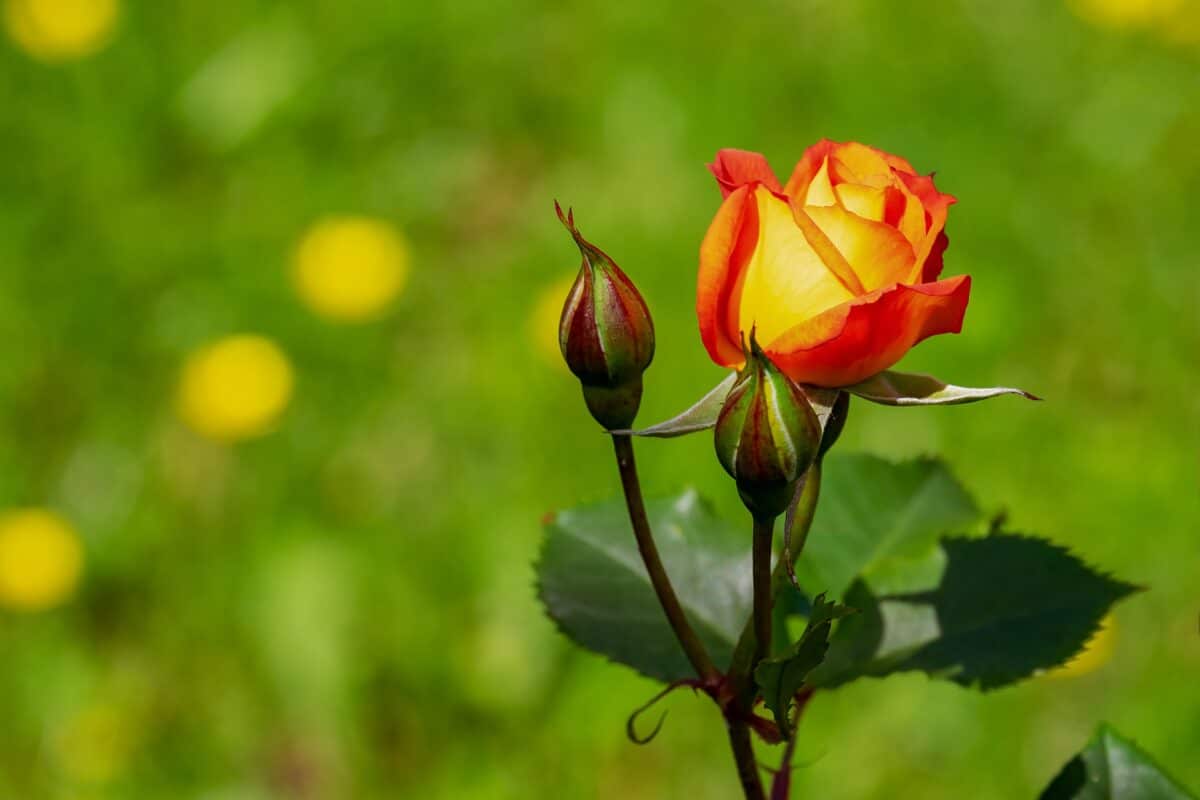

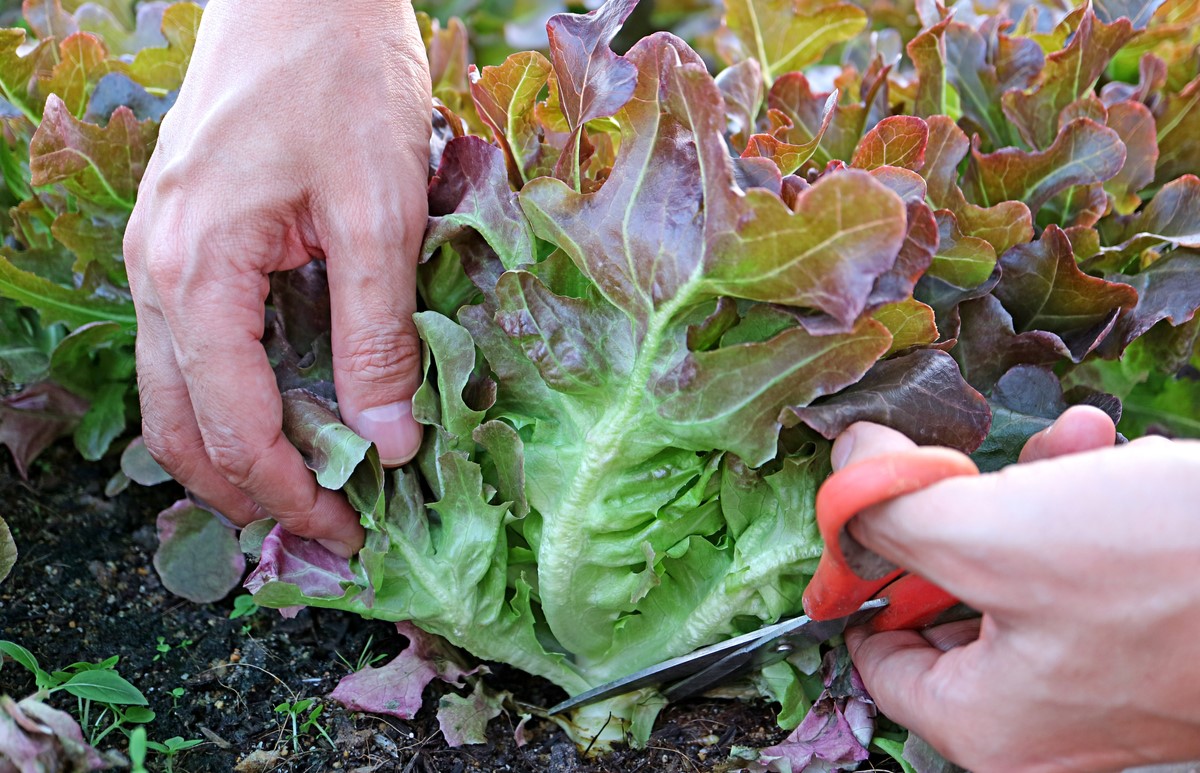

0 thoughts on “How To Get Mushroom Seeds”